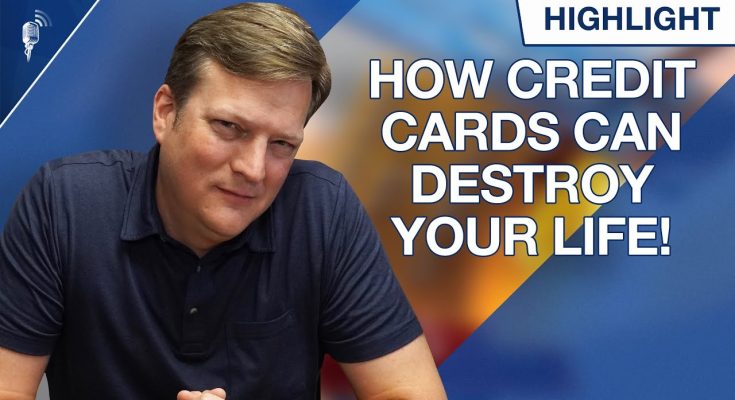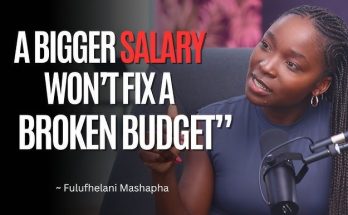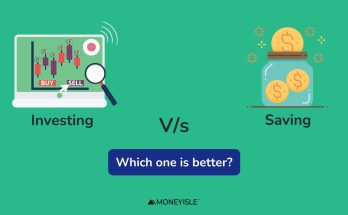Debt, when used wisely, can be a tool for growth. It can help you invest in education, launch a business, or buy a home. But not all debt is created equal, and some forms of borrowing carry risks that can quietly erode your financial stability. The danger lies not just in the amount owed, but in the structure, purpose, and behavior surrounding it. When debt becomes a substitute for income, a way to mask financial strain, or a habit rather than a strategy, it can begin to shape your future in ways that are difficult to reverse. Understanding why some debt can destroy your future starts with recognizing how it affects your choices, your mindset, and your long-term potential.
One of the most damaging aspects of certain types of debt is how they limit flexibility. High-interest consumer debt, such as credit card balances or payday loans, can quickly become a trap. The interest compounds, the minimum payments barely touch the principal, and the borrower finds themselves stuck in a cycle of repayment that consumes income and restricts options. This kind of debt doesn’t just cost money—it costs time and opportunity. When a significant portion of your monthly earnings goes toward servicing debt, it’s harder to save, invest, or take calculated risks. You may pass up career changes, delay important purchases, or avoid entrepreneurial ventures simply because your financial bandwidth is too narrow.
Debt also affects your psychological relationship with money. Carrying a heavy debt load can create a sense of anxiety and shame, even if the original borrowing was for a legitimate reason. Over time, this emotional weight can influence behavior. People may avoid looking at their statements, delay seeking help, or continue borrowing to maintain appearances. This avoidance compounds the problem. Financial clarity becomes elusive, and decisions are made in reaction to stress rather than in pursuit of goals. The longer this pattern persists, the harder it becomes to break. Debt, in this context, doesn’t just impact your wallet—it clouds your judgment and undermines your confidence.
Another way debt can damage your future is by distorting your financial priorities. When monthly payments become the dominant concern, long-term planning often takes a back seat. Retirement contributions are skipped, emergency funds remain underfunded, and investments are postponed. This short-term focus can have lasting consequences. Missing out on compounding returns, delaying asset accumulation, or failing to prepare for unexpected expenses can leave you vulnerable later in life. The irony is that the very debt meant to bridge a gap ends up creating a wider one. It shifts your financial trajectory away from growth and toward maintenance, which is rarely a recipe for success.
In business, the risks are just as real. Entrepreneurs often take on debt to fund operations, expand capacity, or manage cash flow. When done strategically, this can be a smart move. But when debt is used to cover losses, mask inefficiencies, or chase unsustainable growth, it becomes a liability. A business burdened by debt may struggle to innovate, attract investment, or weather downturns. The pressure to meet repayment obligations can lead to short-sighted decisions, such as cutting essential staff or compromising product quality. Over time, the debt doesn’t just affect the balance sheet—it affects the brand, the culture, and the ability to compete.
The structure of debt matters too. Variable interest rates, balloon payments, and hidden fees can turn manageable obligations into financial landmines. Borrowers may be lured by low initial payments, only to face steep increases later. Without a clear understanding of the terms, even well-intentioned borrowing can backfire. This is especially true in environments where financial literacy is low or where lenders prioritize profit over transparency. The fine print becomes a trap, and the borrower pays the price—not just in money, but in missed opportunities and diminished trust.
Recovering from destructive debt is possible, but it requires more than repayment. It demands a shift in mindset, a commitment to transparency, and a willingness to confront uncomfortable truths. It means asking hard questions about spending habits, income sources, and financial goals. It means building systems that support discipline—automated savings, realistic budgets, and clear boundaries around borrowing. And it means seeking support when needed, whether from financial advisors, credit counselors, or trusted peers. The path to recovery is not linear, but it is achievable. And the clarity gained in the process often leads to stronger, more sustainable financial habits.
Ultimately, the reason some debt can destroy your future is because it changes the way you live. It alters your choices, your relationships, and your sense of possibility. It turns money from a tool into a burden, and it shifts your focus from building to surviving. But awareness is the first defense. When you understand the risks, you can make better decisions. You can borrow with intention, manage with discipline, and plan with foresight. Debt doesn’t have to be a threat—it can be a resource. But only if it’s used wisely, managed carefully, and aligned with a vision that extends beyond the next payment.



